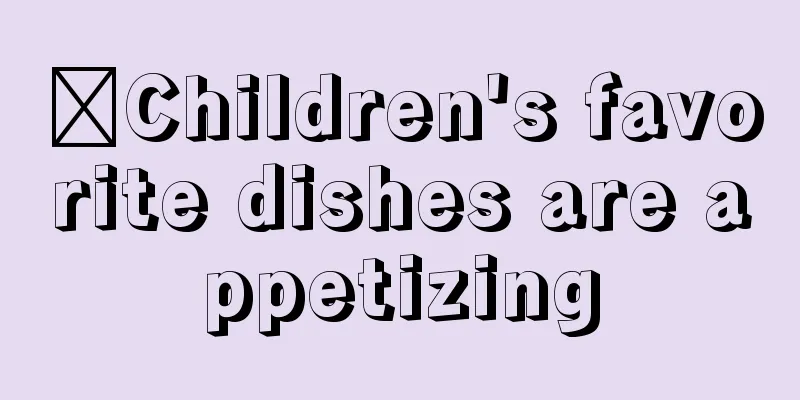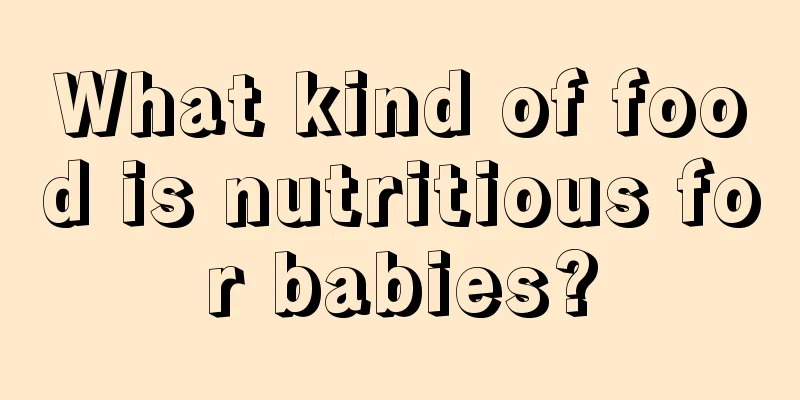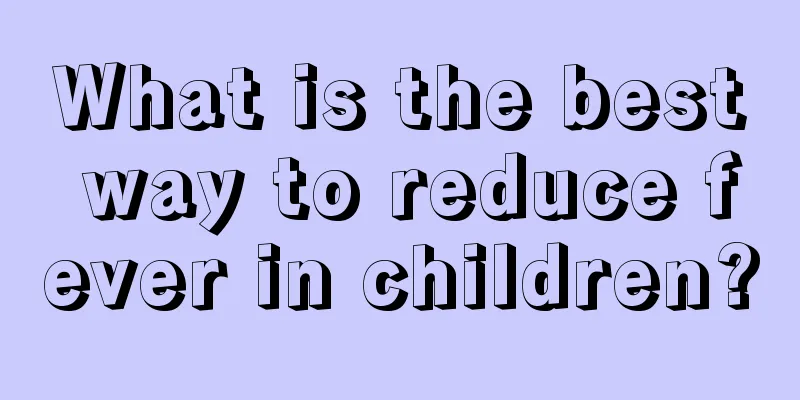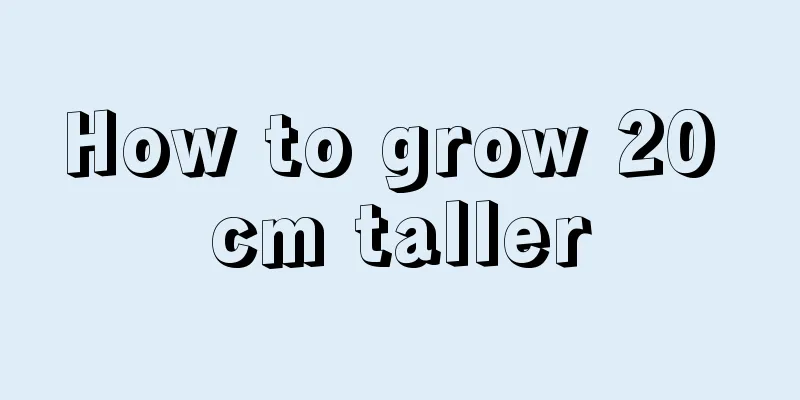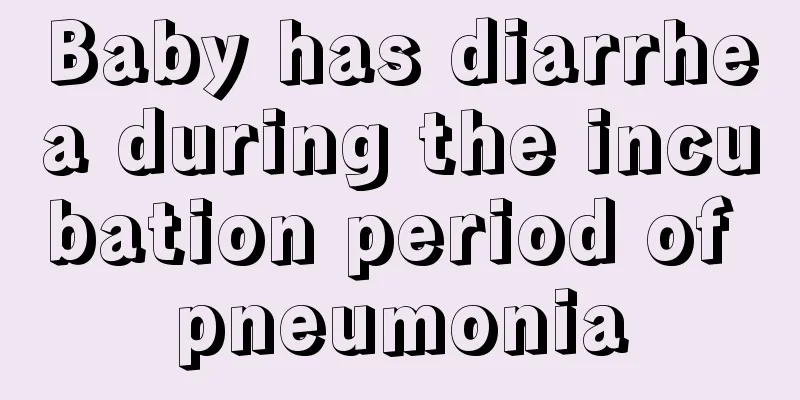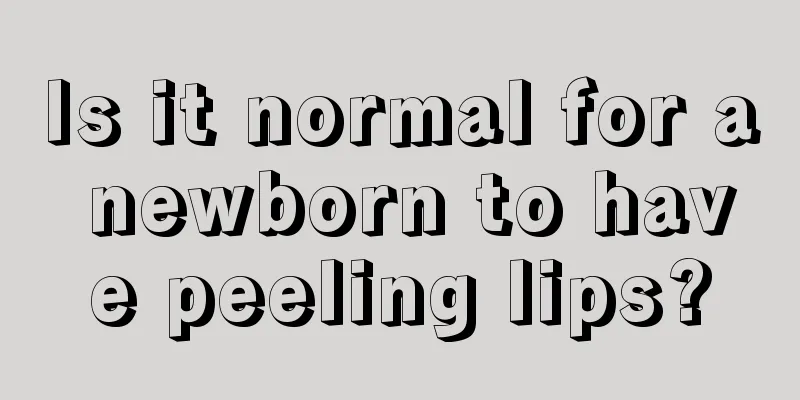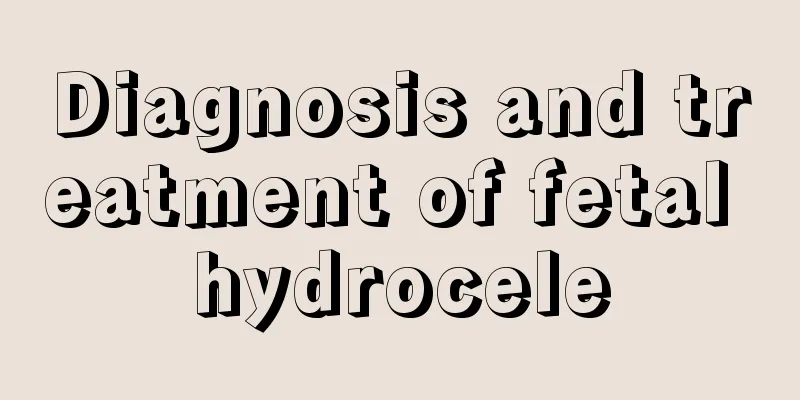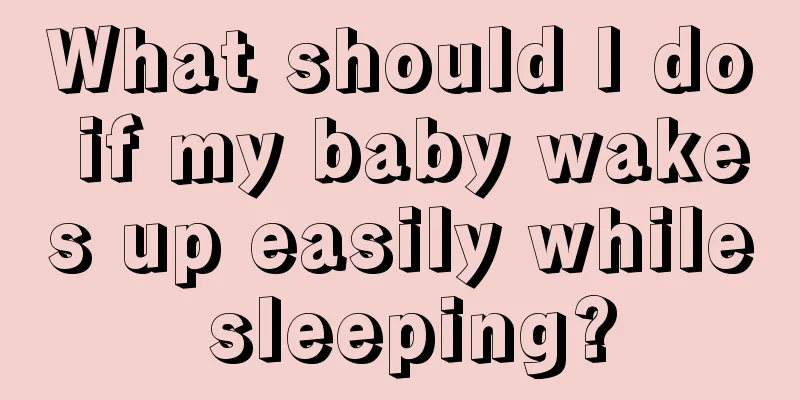What should I do if my child has a fever, convulsions and rolls his eyes?
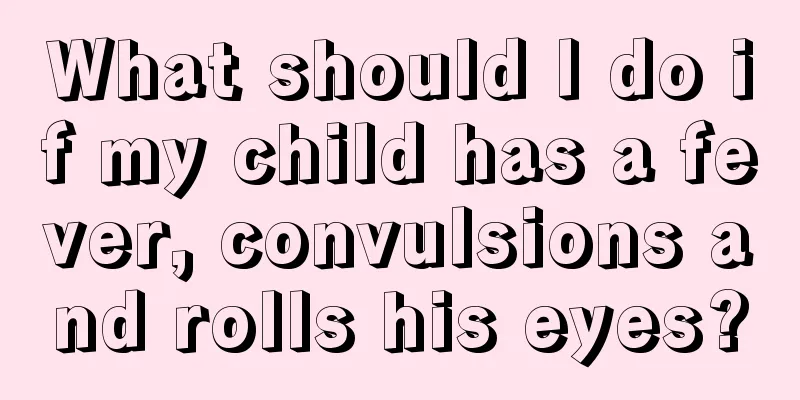
|
Convulsions are a high-risk phenomenon. When a child has a high fever, it is easy to cause febrile convulsions, and then symptoms such as convulsions and even rolling of eyes will occur. So what should we do if children have fever, convulsions and rolling of eyes? In an emergency, first aid measures are naturally needed to avoid threatening the children's health, and to successfully overcome the danger and get through the difficulties. Children's nervous systems are not fully developed. For example, the inhibitory function of the cerebral cortex is poor and the myelin sheath is not fully formed. Once they are stimulated by external factors (such as high fever), the excitement can easily spread and cause convulsions. Children who often have febrile convulsions should take antipyretics, sedatives or place a cold towel on their head once a high fever occurs. They can also use alcohol baths to achieve timely cooling and prevent convulsions. When convulsions occur, emergency treatment is required, such as lowering the body temperature, placing cold towels on the baby's forehead, palms, and thighs, and changing them frequently; keep the towel temperature not too high, or fill a hot water bottle with cold or ice water, wrap it with a towel and place it on the baby's pillow, neck, or thighs. If conditions permit, measure body temperature in time, which is very helpful for the diagnosis of the disease. If the baby is lying on his side or his head is tilted to one side, immediately help the baby to lie on his side, with his head slightly tilted back and his chin slightly protruding forward, without a pillow; or remove the pillow and let the baby lie flat with his head tilted to one side. In this way, the root of the tongue will not block the airway and vomiting will not cause suffocation. Never give your baby medicine when he or she is having a seizure, otherwise there is a risk of aspiration pneumonia. Keep the airway open, unbutton the collar, wrap a tongue depressor or chopsticks with soft cloth or handkerchief and place it between the upper and lower molars to prevent biting the tongue. At the same time, use a handkerchief or gauze to promptly clear the secretions from the baby's mouth and nose to keep the respiratory tract open. To control convulsions, pinch and press the baby's Ren Zhong, Hegu, Neiguan and other acupoints with your fingers for two or three minutes, and keep the surrounding environment quiet, move the child as little as possible, and reduce unnecessary stimulation. I believe everyone is clear about what to do if children have fever, convulsions and rolling eyes. Children's health needs to be cared for with care. Only by taking good care of their daily lives can we truly protect them from harm. Of course, febrile convulsions must be treated promptly and correctly after they occur, and prevention must be taken in life to avoid the recurrence of the disease. |
<<: What causes fever and convulsions in children?
>>: What causes fever and convulsions in children?
Recommend
Why does the baby yawn and shed tears?
Although the baby is still young, his facial expr...
What to do if your baby has diarrhea after catching a cold
In the hot summer, it seems very hot and it is im...
Reasons why premature babies do not gain weight
For newborns, weight is the most direct factor th...
What medicine is effective for children with rhinitis
Rhinitis in children is very harmful and can caus...
What to do if your eight-month-old baby crosses his eyes
We often see many newborn babies with crossed eye...
Can children's cough variant asthma be cured?
Cough variant asthma is a disease with a pathogen...
What to do if the baby has a big gap between his front teeth
When many babies start to grow teeth, there is a ...
What should I do if my child always likes to watch TV?
With the improvement of people's living stand...
The sequelae of polio, these hazards are worrying!
After polio occurs, even if the disease is comple...
What to do if your child's gums are swollen and painful
It is quite common for children to have swollen a...
What fruits should babies eat when they have a high fever?
When a baby has a high fever, parents are most wo...
What are the top 10 reasons why babies cry at night?
Crying is the main way for babies to communicate,...
What to do if your baby is allergic to mango
If a baby is allergic to mangoes, he or she will ...
What to do if your child has vomiting and diarrhea
Vomiting and diarrhea in children is a relatively...
The reason why three-month-old babies drool a lot
After birth, many babies learn to roll over and c...
